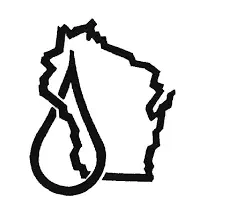Incorporating the Hydrologic Impacts of Low Impact Development in a Large-Scale Land Surface Model
 Image credit Wisconsin AWRA
Image credit Wisconsin AWRAAbstract
Urbanization substantially modifies both the water cycle and energy balance. Urban surfaces are less permeable, resulting in both increased runoff and flooding. At the same time, urbanization results in warmer temperatures, creating the so-called urban heat island (UHI) effect. The UHI causes moist air to heat and rise, triggering atmospheric feedbacks that lead to intensification of rainfall over cities. These feedbacks are particularly important in coastal communities like Milwaukee, where lakes provide ample moisture to initiate these mechanisms. We hypothesize widespread adoption of low impact developments (LIDs) like street trees, green roofs, and pervious pavements can reduce urban temperatures while addressing rainfall intensification. In the first step of this project, we modified the NOAH-MP land surface model to integrate the aggregate effects of LIDs. We find that LID practices alter both the surface water and energy balances in ways that cannot be captured by current state-of-the-art land surface models. We highlight simulated changes in surface energy partitioning and urban hydrology across multiple scales. Our results show widespread adoption of LIDs vastly increase the amount of evaporative cooling when compared with standard simulations without LIDs.